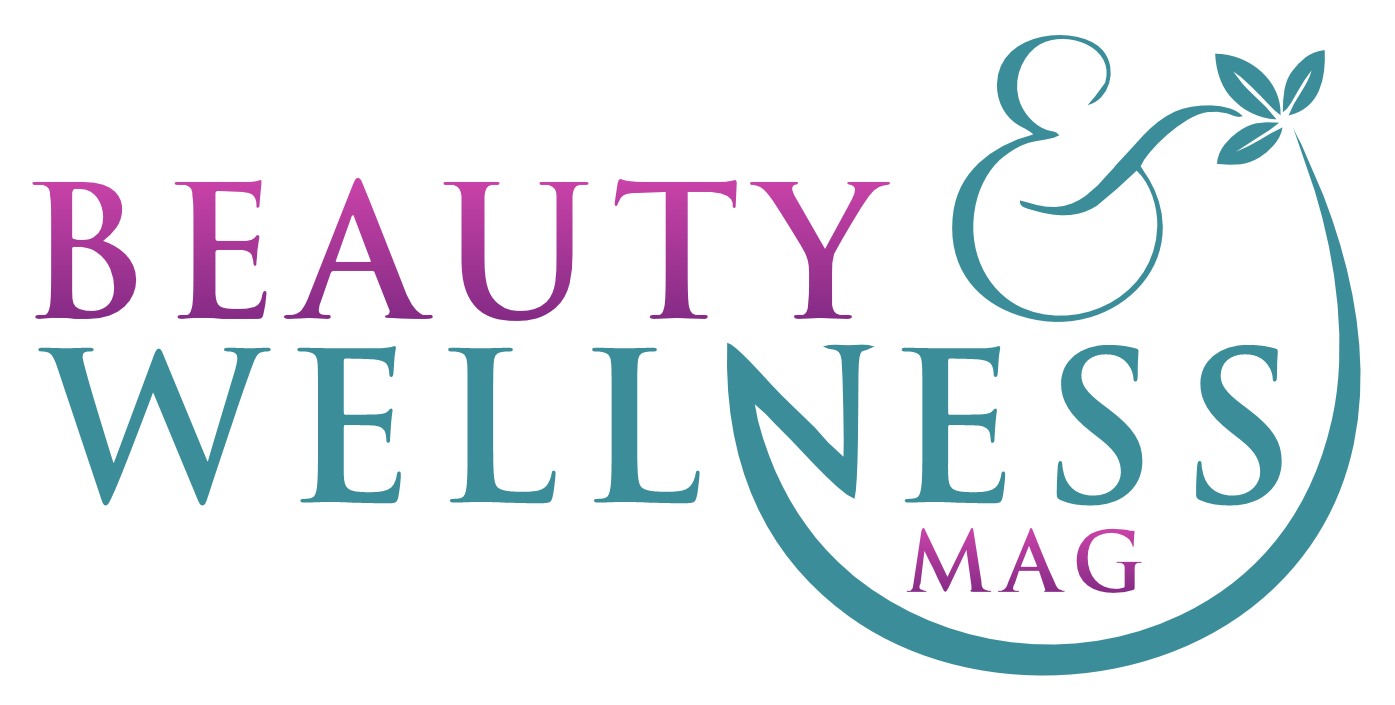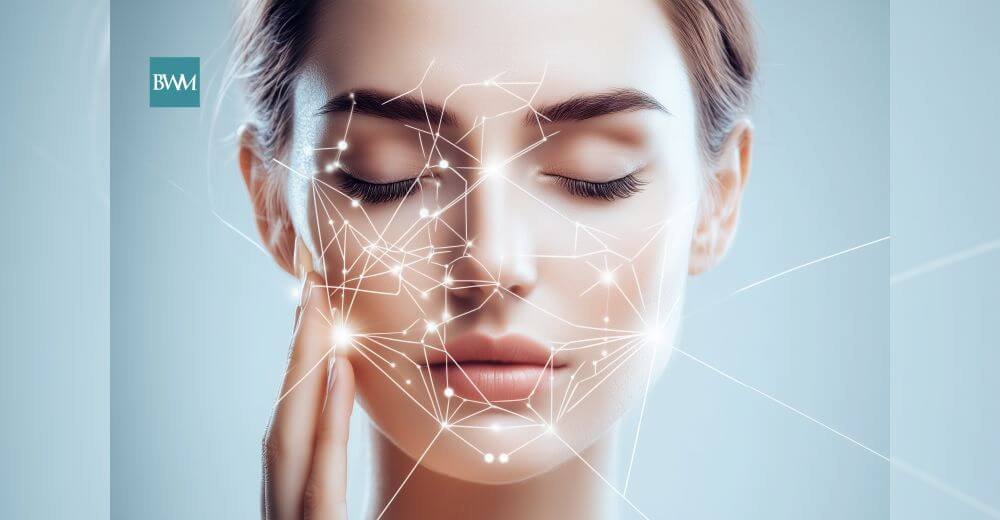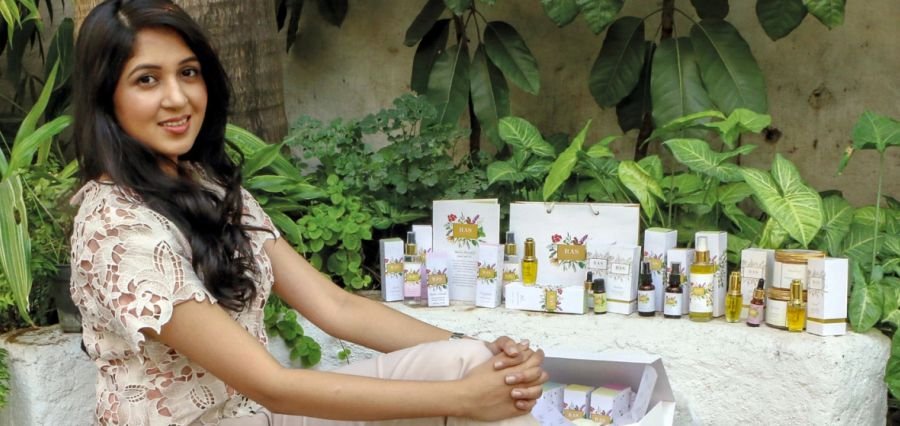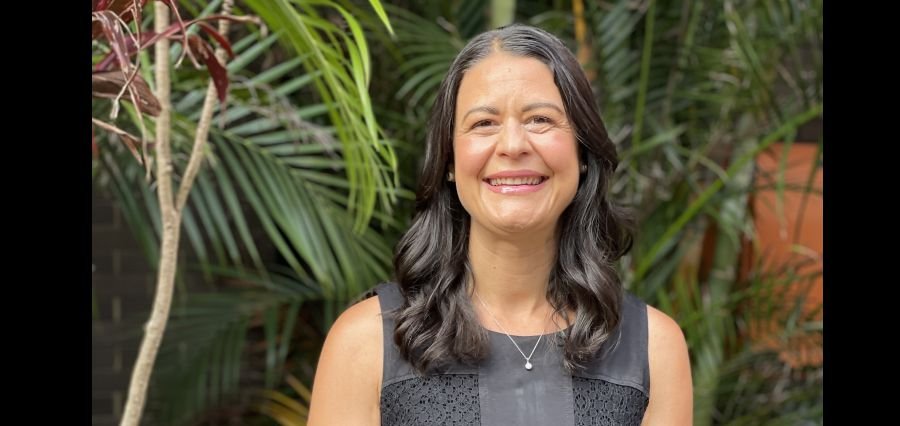Online vs. In-Store
The beauty industry is undergoing a retail revolution. Where there used to be a simple choice between going to the store or looking through a catalog, now is an interactive mix of digital and in-store experiences. Consumers today can discover, experience, and buy products in ways unimaginable ten years ago. However, with the increasing rise of e-commerce and ongoing appeal of bricks-and-mortar experiences, the big question hovering over us now is: What does the beauty retail future even look like?
The Digital Takeover
No doubt about it, the internet has changed beauty shopping. Online shopping has gone huge, with beauty brands building complicated websites, launching mobile apps, and tapping into social media like TikTok and Instagram. Customers today watch product tutorials, influencer videos, and tutorial content before ever pressing “add to cart.” It’s easy, fast, and infinitely customized.
Beauty players such as Sephora, Ulta, and Glossier have online shopping down pat. Customized quizzes that assist you in selecting customers with foundations, virtual try-on features that inform you of how a lipstick would look on your skin, and AI-powered recommendations that give the perfect routine for your skin type based on your needs.
Online shopping for beauty boomed in the pandemic out of necessity—but it stuck because people realized how much more efficient and convenient it could be. Quick shipping, web-only deals, and 24/7 accessibility made it hard to go back.
The In-Store Experience Isn’t Dead
As much as shopping online increases, there remains something special about going into a beauty shop. The feel of the textures, the smell, the ability to swatch the product on your hand or to get advice from a knowledgeable staff member—these are things that the internet just can’t equal.
In fact, the majority of customers continue to prefer buying beauty products in person, especially for something like foundation, where getting a color match may be impossible. Specialty shops such as Nordstrom or counter personnel at department stores offer one-on-one consultations, and chains such as Sephora and Ulta often have in-store presentations, classes, and makeovers that return visitors again and again.
For others, beauty shopping is not just a transaction—it’s an experience. It’s a girls’ day out, a self-care ritual, or even a bit of retail therapy. And that’s something that even the best app can’t deliver.
Hybrid Shopping: The Best of Both Worlds
The future of beauty retail is neither online nor in-store—it’s both. The most effective brands are those that combine digital convenience with real-world connection.
Click-and-collect (or online purchase, in-store pickup) offerings are gaining traction, enabling customers to combine the convenience of browsing online with the immediacy of in-store pickup. Intelligent mirrors in physical stores offer virtual try-ons, based on data from a customer’s online profile. Even some retailers employ augmented reality (AR) to bridge the gap—allowing customers to try products at home using phone cameras.
Subscription beauty boxes like Ipsy and BoxyCharm also provide an experiential, hands-on, discovery-oriented experience that is curated on the internet but felt in the real world. Such innovations suggest the potential of channel-blending to create a more rich and personalized shopping experience.
The Role of Influencers and Social Commerce
Social media is not just a marketing site anymore—it’s a store. Instagram and TikTok have turned influencers into trusted beauty advisors, and companies are selling to consumers directly on these platforms. Swipe, tap, and your serums of choice are being shipped.
Live beauty tutorials and Q&A sessions, marketed in Asia and fast becoming popular everywhere else, use the immediacy of in-store experiences and the worldwide reach of online. It’s no longer unusual to buy a product instantly during a live presentation hosted by a makeup artist or skincare expert.
Sustainability and the Conscious Consumer
Another force shaping the future of beauty retail is growing demands for transparency and sustainability. Consumers want to know where products are made, how they are produced, and how packaging can be recycled. Those companies that make this information easily accessible—online or in-store—are gaining customer loyalty.
Online retailing will have to deal with shipping emissions and packaging materials, whereas store retail will have to account for energy consumption and product testers. Green practices in both areas will be the determining factor in acquiring the environmentally conscious shopper of the future.
Final Thoughts
The beauty industry is not engaging in an online vs. store war—it’s closing the gap. The future is seamless, flexible experiences that allow consumers to shop whenever, wherever they please. Whether that’s discovering a product on Instagram, sampling at the store, and purchasing a re-order online down the line some months later—this is beauty retail’s future.
Read More: Cheekbone Beauty: A Legacy of Indigenous Representation and Ethical Beauty










